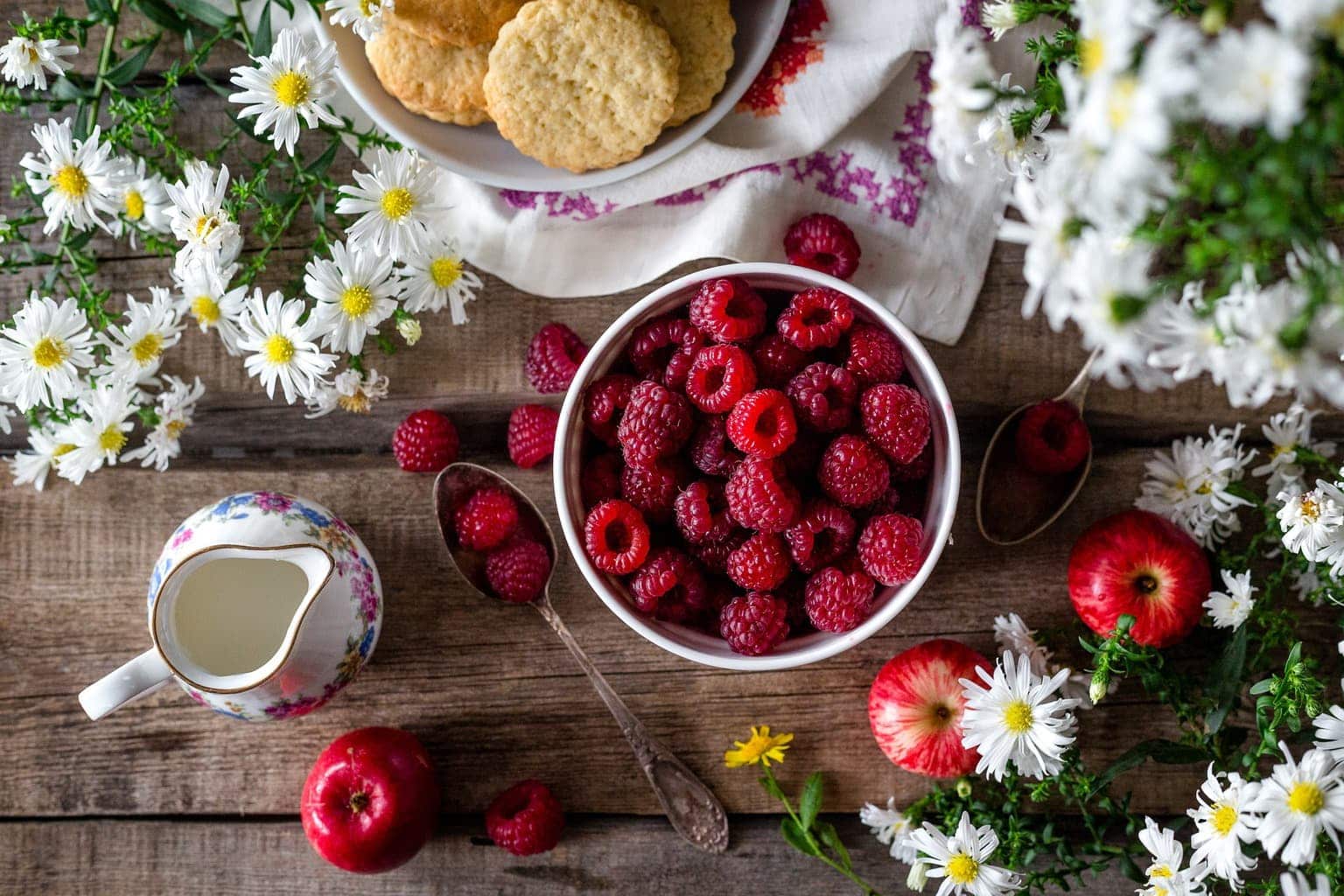Maybe so far no one initially thought that their dream was to do culinary photography, I don’t know, I think we usually dream of another kind of more obvious photography like advertising, portraits, documentaries, maybe it’s because when I imagine one of my dishes, doesn’t it seem to be the most photogenic thing in the world?But the truth is that over time, gastronomic photography has been shown to be pure art, pure inspiration, that there are images of food that are able to take your breath away, make your eyes open, salivate or move your hungry intestines. .
If you’re not a cook or social media fan like Pinterest or Instagram, you can imagine the image of a boring, ugly dish on a sun-bleached menu poster. Neither monsieur nor madam, that was before, now they make real virguerias, magical compositions and impeccable staging. And you, yes, who likes to cook so much or are more likely to have someone do it for you, you can get, with practice and patience, to enter this magical world and make us eat. through the eyes, sigh watching a cauliflower soup, or be moved to tears with a raspberry pie ?. Let’s see where to start.
- One of the best things about culinary photography is that you can dive into it and try it with a relatively small investment.
- You don’t need a photo studio or too much material you probably don’t have.
Your usual SLR camera or Evil camera would be ideal for working in manual mode and taking advantage of all the lighting, focus, etc. If you don’t have one don’t let it stop, work with what you have, many advanced compacts can give you equally good results if you don’t plan to make large extensions.
It is fundamental in product photography, mainly because sharpness is one of the keys to any type of product photography, sharpness allows us to see the detail of textures and color, absolutely essential when working with food. , is that true?.
The tripod will also allow you to work the composition properly and slowly. You’ll be able to watch closely through the viewfinder and get up to change and improve what you think without changing the frame or angle.
As for the best goal, each teacher has their booklet, but the ones that probably won’t disappoint you are:
50 mm or medium focal length: this is the king of lenses, the one that most closely resembles the human eye, and is usually a very bright lens (f / 1. 4 of / 1. 8), which translates into the ability to play with reduced depths Plus, it is not as prohibitive an expense as other lenses of the same brightness and will be useful for almost all kinds of photography.
Long macro focal lens: a long macro lens (60 mm to 105 mm) with an aperture f / 2. 8 would be ideal, they are in the range of 500 to 800 Euros depending on the brands. Do you have a recommended selection here ?.
It can be very useful to have a reflector, depending on where you are going to take your photographs, they will allow you to redirect and model the light, they are very economical and will also serve you for other types of images such as portraits.
Here you have this set of 5 with different characteristics (more or less intensity) by solo (price not available at the moment)
A simple light curtain or silk paper in front of a window can make it the best studio in the world. The curtain will be used to transform a hard light into soft light and to reduce a possible exaggerated contrast (very fast passage from light to shadow) of very marked shadows.
While it’s impossible to concentrate the number of light variables, settings and tastes of each, we can make some recommendations to start with until you find your own style or start as a basis:
If you don’t know where to start I recommend that you do it according to the basic rules or standards of composition that, to begin with, will give you good results and help you place the elements in an orderly manner. Are:
It is a space where you can unleash one’s creativity, since culinary photography allows numerous bold views capable of completely transforming an image.
Remember that you don’t have to settle for a single image, take multiple photos changing your point of view, move around the scene, zoom in, zoom out?
It is essential in any type of photography, but even more so, if possible, in the one in which you can control it and model it as you see fit, such as “Studio” (whether at home or not).
The most important thing when editing your images is to remember that the food should be seen as food, that is, an HDR in a tomato can look great, but no one will want to eat a tomato in HDR. Editing must respect natural colors and textures. at all times, so it’s important that any edition focuses on:
Pinterest and Instagram are probably the ones that have taken the most virulence of these types of photographs, but you can find these types of images on virtually any social network.
If you are a chef, or someone close to you, or if you simply lack inspiration and want to try something new, I highly recommend you take a culinary photo, you can practice at home, at your own pace, without needing to. for a lot of specific preparation or equipment and especially after photographing it, can you eat it?
I hope you liked this article. If this is the case, share it with someone you think might be interested in. Thank you very much and see you next time?

